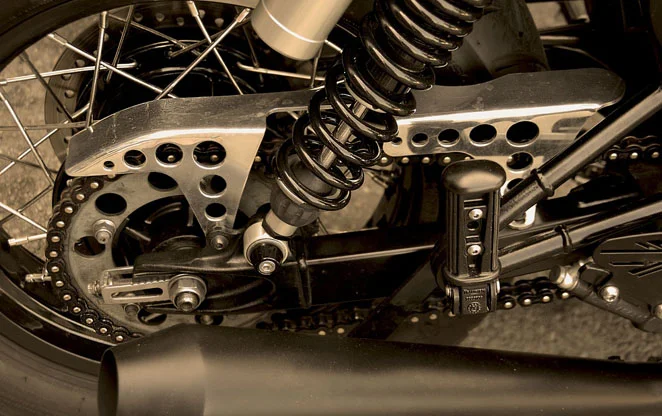You must have noticed that there are many front wheel, rear wheel drive vehicles available for sale in the market, but there are still many people who do not know about front, rear, all and 4 wheel drive vehicles.
For such people, today we have brought information about the types of drivetrain for you in our car guide. Let us know what are the types of wheel drives and what are their advantages and disadvantages.
Front Wheel Drive (FWD)
At present, front wheel drivetrain is most commonly used in the automobile sector. In this, the front wheels are used to drive the vehicle. That is, in this the engine provides power to the front wheels.
In this, only the front wheel is used for steering, wheel driving and braking. Front wheel drive setup is available in vehicles like Maruti Suzuki Dezire, Alto and Tata Punch available in the country.
Advantages and disadvantages of FWD
In FWD vehicles, most of the weight of the vehicle is in the front and due to this the car gets more traction, due to which the balance of the vehicle remains on the roads. FWD vehicles are easier to make and they also get better mileage.
However, FWD vehicles have more torque steering. This means that the engine power is directed to the front wheels, which causes vibration in the steering during high speed.
Rear Wheel Drive (RWD)
The RWD drivetrain is the exact opposite of FWD. In this the engine provides power to the rear wheels. In this, steering and braking are done in the front wheel. However, wheel driving occurs at the rear wheel.
That is, the work of steering the car is done by the rear wheels, but the responsibility of changing direction and applying brakes is on the front wheels. Vehicles like Mahindra Bolero, Scorpio available in the country come with RWD technology.
Advantages and disadvantages of RWD
In RWD, more power is available to the rear wheels than the front wheels. Because of this, there is no problem of torque steering. This means that in RWD vehicles, there is less fear of steering vibration during high-speed.
Even though RWD vehicles do not have torque steering problems, brakes and power are distributed to different wheels, which increases the risk of traction. There is a risk of the vehicle slipping during braking.
All Wheel Drive (AWD)
The job of the all wheel drive system is to deliver power to all the wheels of the vehicle. Full time AWD or half AWD is available in AWD system.
In full AWD, power is delivered to all front and rear wheels at all times. But in Half AWD, power is delivered to either the front or rear wheels at all times.
AWD powertrain is available in vehicles like Maruti Suzuki Grand Vitara, Mahindra XUV700 and Skoda Kodiaq.
Advantages and disadvantages of AWD
All wheel drive is completely automated. In this the driver does not have to choose FWD or RWD. The vehicle uses the drivetrain only as needed.
However, all-wheel drive is difficult to manufacture and costs more. Also, once they get damaged, they cost more to get repaired. Apart from this, it also gets less mileage.
4 wheel drive (4WD)
4 Wheel provides power to all four wheels of the car. In a 4 wheel drive system, power is divided equally among all the tires of the vehicle. The same amount of power that goes to the front wheel also goes to the rear wheel.
Two modes are available in the 4WD system. In the first mode, all four wheels get equal power and in the second mode, only the rear wheels get power. Mahindra Thar has 4WD system.
Advantages and disadvantages of 4WD
In 4WD, drivers can choose between 4WD and RWD by changing the mode, due to which 4WD vehicles perform better in off-roading and there is no risk of getting stuck on rough roads.
However, 4WD vehicles have less comfort in the cabin, which can cause fatigue during long journeys. Besides, maintaining 4WD vehicles is also a very expensive task.





